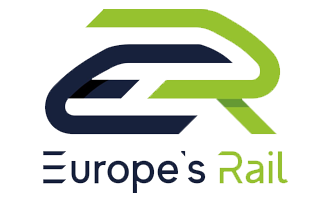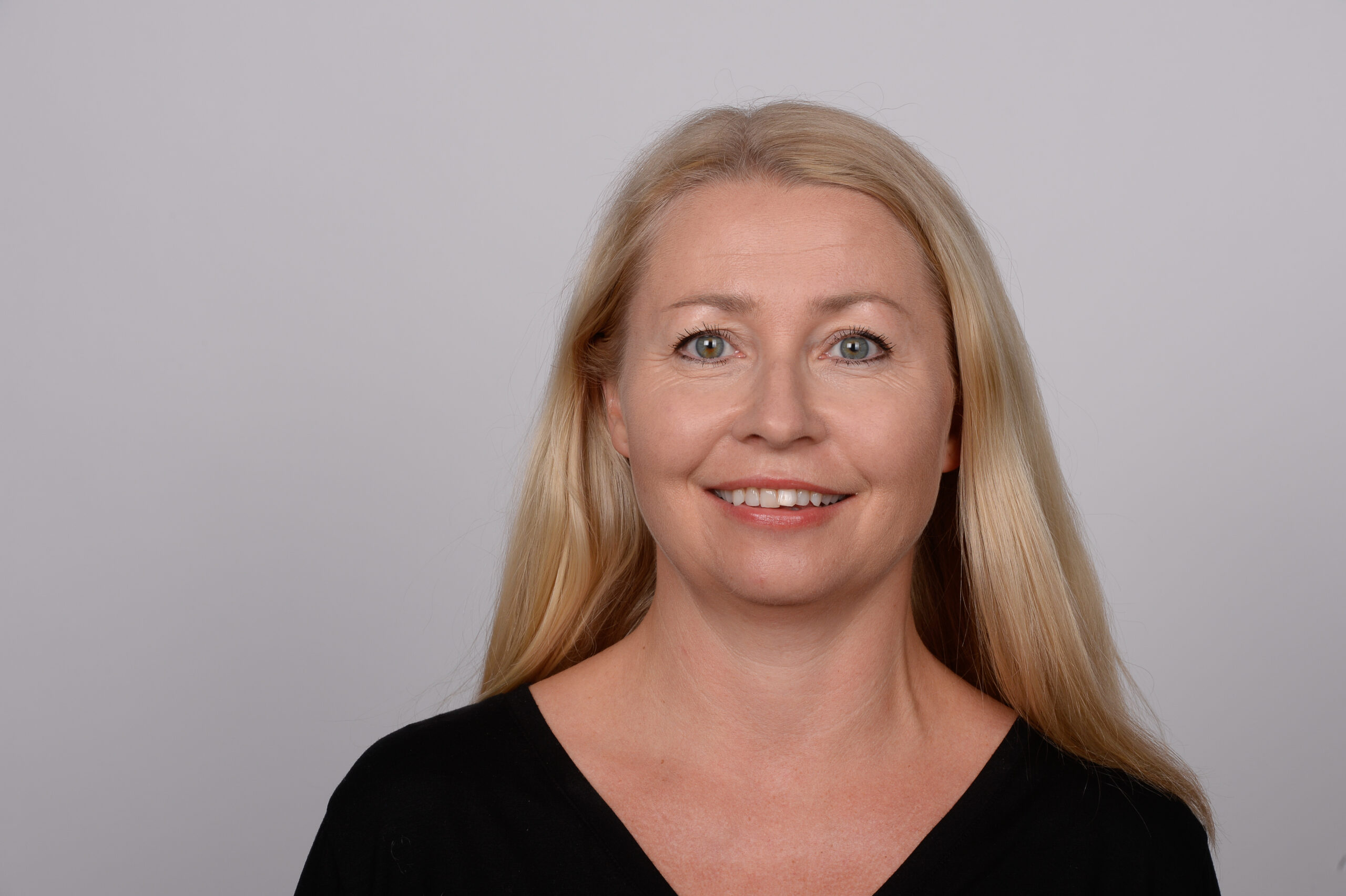Europe’s Rail
Europe’s Rail Joint Undertaking was established in 2021 and is the largest railway innovation programme ever in Europe.
Under the leadership of the Norwegian Railway Directorate, the Norwegian railway sector and R&D environments are participating in major innovation projects over the next 10 years.
Europe’s Rail is part of the EU’s framework programme for innovation, Horizon Europe. Together with European partners, we will «make rail the everyday mobility».

Six innovation projects
The first six projects are now underway.
Read more about the different projects and who is participating from Norway:
Value: 92.6 million euros
Number of partners: 88
Duration: 46 months
This project is about making the European railway more efficient, including through digital tools. The project develops advanced algorithms for capacity planning and traffic management to maximise the use of existing infrastructure and rolling stock.
The aim is to improve route planning, both strategically and operationally with long-term planning and optimisation of timetables, re-planning after events, including door-to-door mobility. In addition, MOTIONAL provides a framework and digital tools for digital twins to share data automatically where appropriate.
Norwegian actors, led by the Norwegian Railway Directorate, are working towards harmonised solutions for a common European railway system for capacity planning and traffic management with shared data. Data exchange between industry players will be a prerequisite for success, as other sectors have done.
Participants from Norway: SINTEF, IFE and the Norwegian Railway Directorate.
Contact person:
Isabelle Tardy: isabelle.tardy@jernbanedirektoratet.no
Value: 160.8 million euros
Number of partners: 76
Duration: 42 months
The aim of the project is to harness the opportunity offered by digitalisation and automation of railway operations. This includes the next generation of Automatic Train Control (ATC), including Automated Train Operation (ATO) all the way up to automation level 4, which is driverless trains. Validation of the functionality of the new train radio system (FRMCS) is part of R2DATO.
ATO aims to deliver scalable automation in train operations, including setting a train in motion, driving and stopping the train, opening and closing the doors, remote train control and salvage operations in case of disruption.
The expected effects of R2DATO are cost reduction, precise traffic flow management, contribution to improved punctuality, reliability and productivity, increased capacity, reduced life cycle costs (LCC) and scalable interoperable solutions.
Participants from Norway: Bane NOR, NTNU, NORCE, Norsk Regnesentral, Sporveien and the Norwegian Railway Directorate.
Contact person:
Geir Hansen: geir.hansen@jernbanedirektoratet.no
Value: EUR 106.9 million
Number of partners: 94
Duration: 48 months
The main goal of the project is to integrate infrastructure data into management and operational systems. We use innovative sensors that collect data from the railway infrastructure and perform robotic inspections. By applying advanced methods based on artificial intelligence (AI) and machine learning, we are developing new ways to manage information about the state of the infrastructure and take necessary actions.
The results from this project will contribute to improved management of the infrastructure and accurate calculation of the remaining lifetime of key components. This in turn will help to make the railway network more accessible and efficient.
Participants from Norway: NORCE, SINTEF, NTNU, Bane NOR and the Norwegian Railway Directorate.
Contact person:
Stefano Derosa: stefano.derosa@dekode
Rune Schlanbusch: rusc@norceresearch.no
Value: 96 million euros
Number of partners: 72
Duration: 48 months
The project is about making the European railway more sustainable, attractive to customers and resilient to climate change. To achieve this, the Norwegian Railway Directorate is working with the whole of Europe to build the green railway of tomorrow.
This includes developing, simulating and testing battery-electric and hydrogen-powered trains and associated infrastructure. The project uses advanced simulation methods and digital twins to construct prototypes of more sustainable trains with a high level of technical maturity, utilising the latest energy technology, such as lithium ion batteries or hydrogen fuel cells.
In the long term, the project will help to make many current diesel train routes climate-friendly and sustainable in a cost-effective way.
Read more about the project
Participants from Norway: Institute for Energy Technology and the Norwegian Railway Directorate.
Contact person:
Kristen Sandaas: kristen.sandaas@jernbanedirektoratet.no
Value: 95.1 million euros
Number of partners: 71
Duration: 45 months
The main objective of the project is to improve the efficiency of rail freight transport so that the European railways can achieve the goals of increased rail freight traffic and increased market share adopted by the EU. Efficiency is achieved by digitising freight trains and automating a number of processes in train and terminal operations. As well as making the planning, management and follow-up of transport chains seamless and interoperable.
Participants from Norway: Bane NOR, SINTEF and the Norwegian Railway Directorate.
Contact person:
Bjørn Bryne: bjorn.bryne@jernbanedirektoratet.no
Value: EUR 32.9 million
Number of partners: 50
Duration: 48 months
The main task of the project is to find solutions for revitalising regional train lines with low traffic. The lines will be made more economically viable and more attractive to travellers.
The aim is to reduce investment, operating and maintenance costs through measures relating to vehicles, infrastructure and communication, and to provide customers with better public information on trains and at stations.
Norway is participating in work on train positioning and public information.
These are the participants from Norway: NTNU and the Norwegian Railway Directorate.
Contact person:
Helge Bontveit: helge.bontveit@jernbanedirektoratet.no
Unified system architecture and operating concept
In addition to the six innovation projects, Europe’s Rail also has a System Pillar – an organisation working on a unified system architecture and operating concept for railway systems and train services in Europe. System Pillar will also be responsible for the necessary development of standards (ISO, CEN, ERA) based on the projects in Innovation Pillar.
The Norwegian Railway Directorate is not a member of the System Pillar Consortium, but follows developments here as well.
Contact person:
Observer System Pillar Norway – Ove Skovdahl: Ove.skovdahl@jernbanedirektoratet.no
Contact persons


